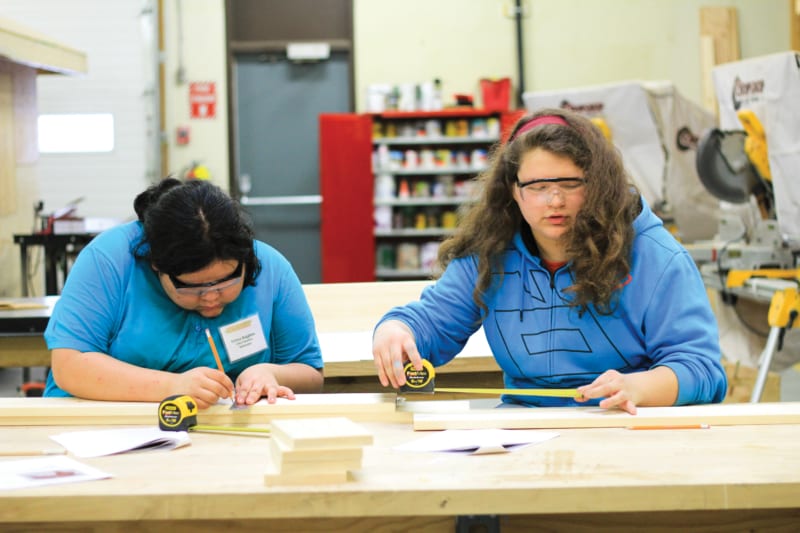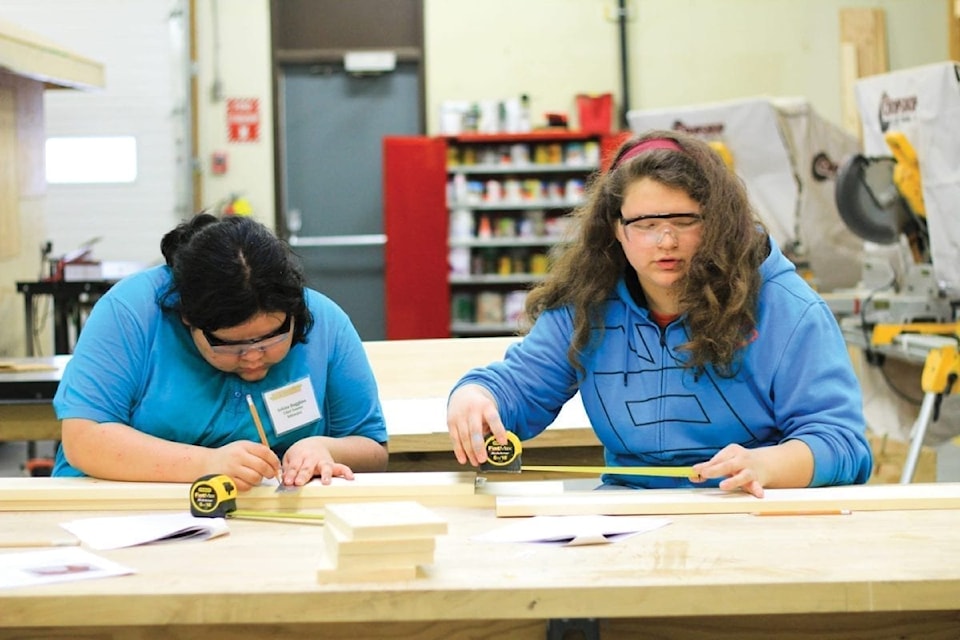A mom of four in Ulukhaktok stuck between a rock and her mouldy place drew attention back to the sorry state of the housing stock in small NWT communities last week.
The story of a newborn apparently sickened by the mould that persists in her residence was a stark reminder that in hamlets and villages across the North, there is a crisis of availability of units that are either affordable or suitable for human habitation, let alone both.

photo courtesy of South Slave Divisional Education Council
Conversations about substandard housing most times, or at least many times, involve low-income individuals dealing with the massive bureacracy of the GNWT. But in the communities across Nunakput MLA Jackie Jacobson's sparsely populated constituency, for example, to say nothing of the Sahtu or even the Dehcho in the south, even individuals with a few bucks in their pockets have virtually nowhere to go.
This isn't necessarily NWT Housing Corporation's fault, but it is its responsibility to address.
In December the housing corporation suggested that the GNWT could run hardware stores in communities outside the capital. Once they clarified that the idea was to provide a store only in places where there isn't a private business already filling that niche, as there are is in Fort Smith and Hay River, for example, the outrage subsided.
The benefits of avoiding unnecessary fights with entrepreneurs aside, getting proactive with small community tenants is a good idea. Rather than just selling tools and building supplies, why not train people to use them?
If this housing issue is viewed through an education lens, offering some variation of what Aurora College refers to as the apprenticeship housing maintainer program through local housing authorities or in the schools themselves could be a solution with the grassroots appeal to succeed in the North. Imagine the swell of pride from fixing an Elder's furnace, or repairing an auntie's window.
After all, skilled trades programs, where students are apprentices studying to become journeypersons, are all about stringing extended periods of field experience together with eight-week classroom modules, anyway, and the only place in Canada with more field to experience than the NWT is Nunavut.
Could the classroom instruction be reimagined in a more condensed or simplified way? Could an alternative or interim certification be created that would see the practical skills of repairing and maintaining homes and other buildings acquired by students without requiring them to take time out to study in class? Or is there a distance education solution?
It's probably a relatively safe assumption that qualified tradespeople from the communities would be more likely to stay up here, where they're needed, to say nothing of the obvious economic benefits that would come from more people working, paying taxes and contributing to their communities.
